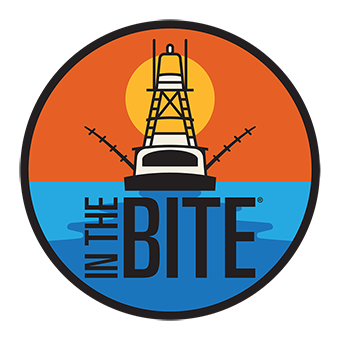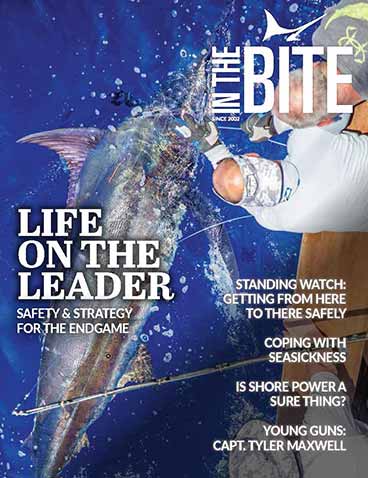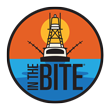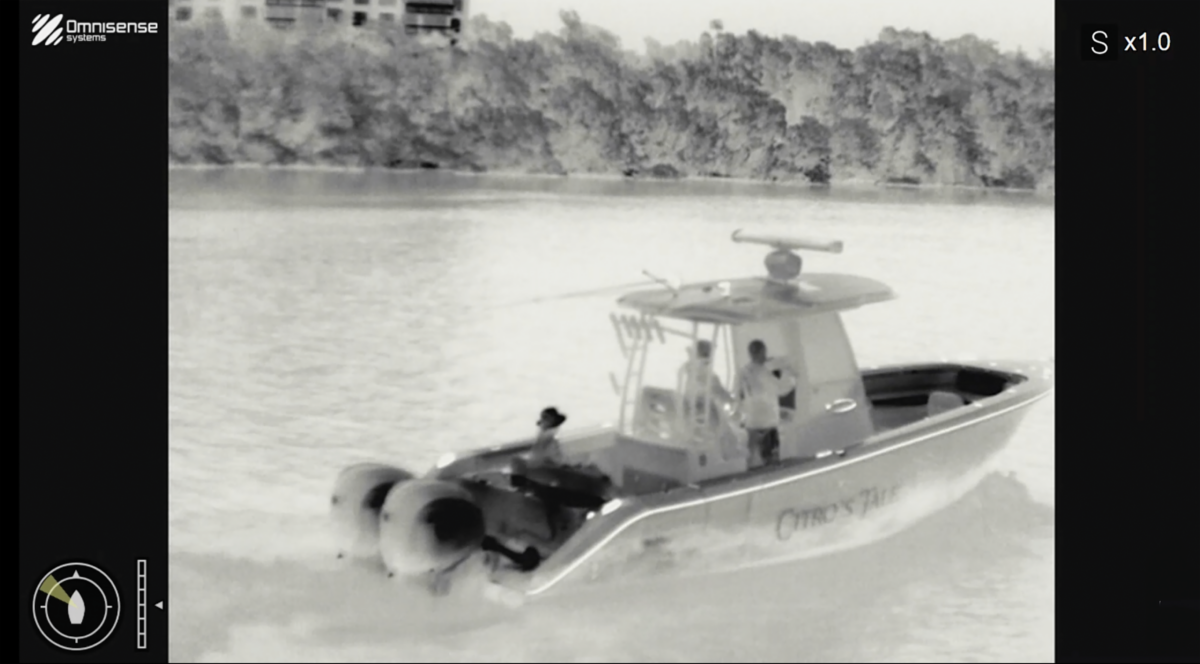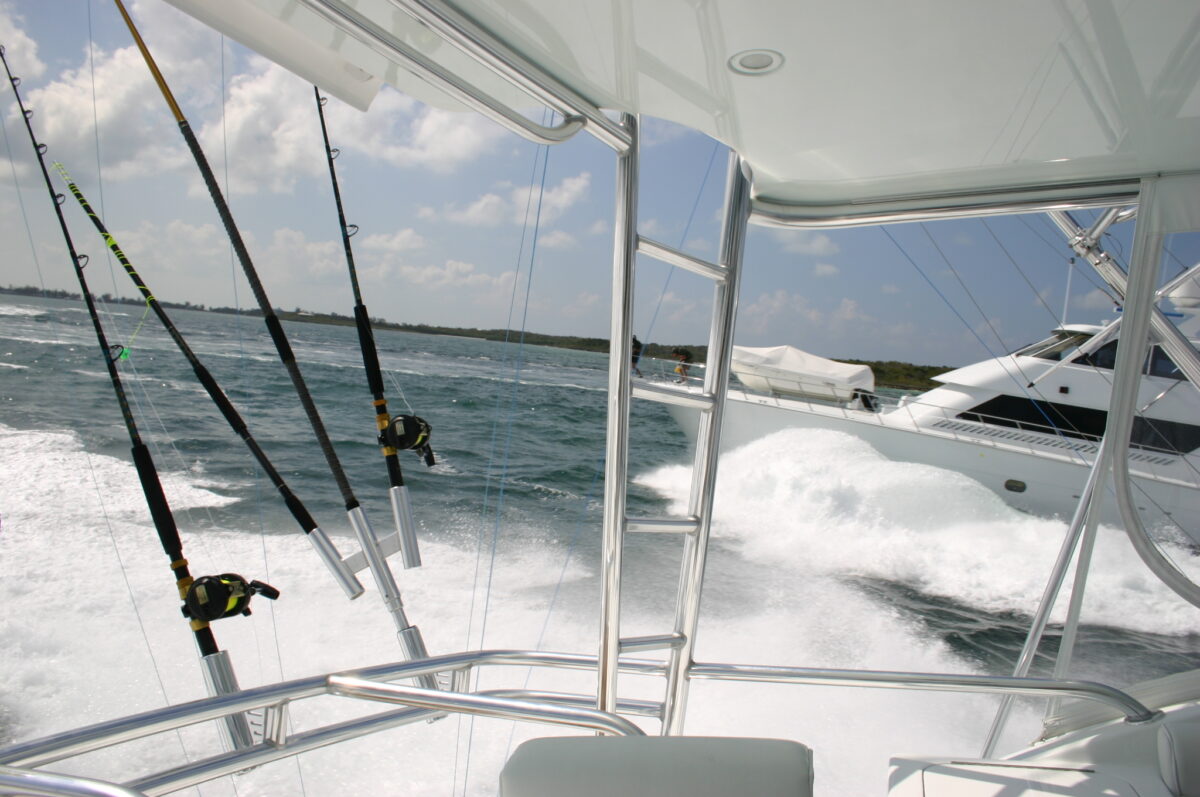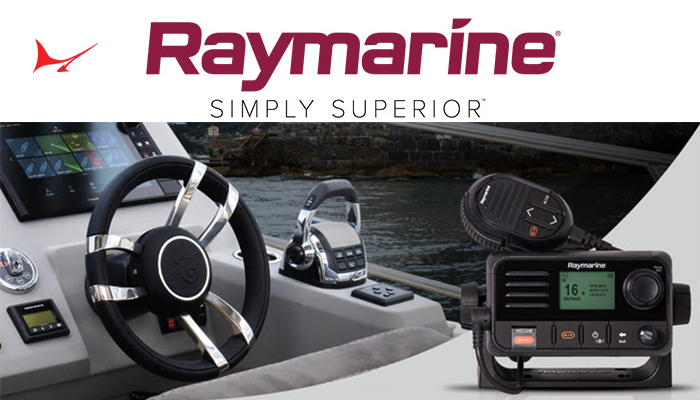Night Moves: Boating in the Dark
Boating in the dark is often a necessity, usually on the way to or from a fishing spot, or due to an unexpected delay or extended voyage. Traditionally, using your GPS chartplotter and/or radar is a great way to know where you are and what is around you. Radar does
